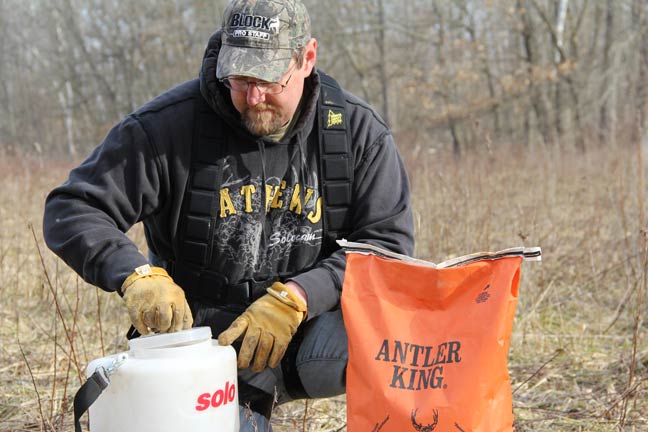Over the course of my career, no area of the hunting market has expanded faster and farther than the habitat improvement niche. When I first began giving seminars, I gave around half of them on habitat improvements. Back then, those habitat improvement seminars covered little more than laying out and planting food plots. Wow, how far we’ve all come since then!

The problem with any rapidly expanding niche is that a lot of bad info seems to get spread right along with the good, and food plot info has certainly been included in that. Truth be told, I’ve always been one to bristle when I see false info being spread as gospel, even when it encourages otherwise positive activities.
With that in mind, let’s talk generally about benefitting deer with food plots. I have no desire to try to correct every myth spread in an attempt to sell products, promote organizations and/or even promote individuals as experts. Instead, we’ll merely explain what main purposes food plots serve deer and give the rest the attention it deserves — none.
Feeding & Hunting Deer
Right off the bat, there are two major reasons for establishing food plots for deer. The first and most common is simply to attract deer to specific locations for hunting. Frankly, that’s why the food plot craze began. Food plots were promised to improve the hunting on the properties that planted them.
That’s an extremely solid reason. At the heart of it all, hunting is supposed to be fun. In my line of thinking, that’s every bit as important as hunting’s need to help balance deer numbers with the habitat and overall social desires to keep numbers in check. In the later regard, we hunters may want as many deer as the habitat can support in a healthy manner, but our neighbors may not be as willing to drive obstacle courses to work, dogging deer at every turn.
Frankly, if we hunters aren’t finding enjoyment and satisfaction when hunting, odds are we’ll quit and turn the deer numbers issues over to the government, which is a far more costly and less tolerable solution. Well laid out food plots increase the fun factor by seeing more deer on stand, thus helping to inspire us to continue climbing trees to watch the show.
What a difference a few months make! Look at the amount of food available in these two shots, with the cam merely shifted to cover the licking branch, instead of the opening. Adding more summer food would do little good, when food is everywhere. Winter is a different story all together.
With hunting seasons being in the fall and early winter, it would seem that food plots serve no purpose for hunting, outside of deer season. That’s not entirely true. Simply put, having a primary food source, in the same location, for the entire year can lead to more stable, year round deer patterns on a property. One can easily argue both sides of how big a help in hunting that is, as well as note that shifting core areas with the seasons is normal for deer. However, in theory, more stable deer patterns most certainly can help hunting and having a year round primary food source definitely encourages that, even if it doesn’t deliver as completely as often advertised.
The other major selling point is offering increased nutrition, outside of season, can be very helpful in increasing the carrying capacity of a habitat, which can help support higher numbers and healthier…





